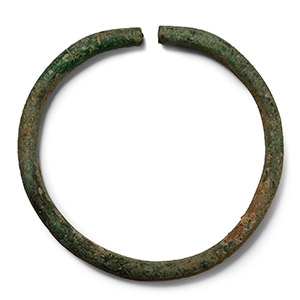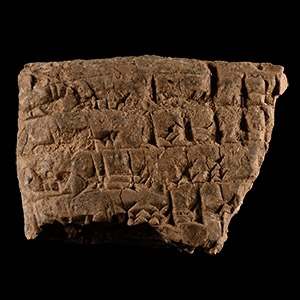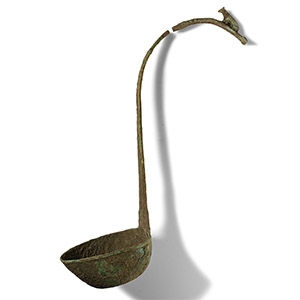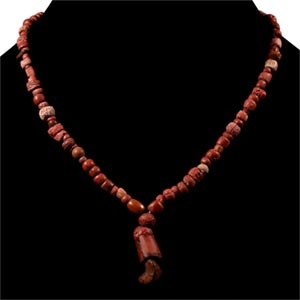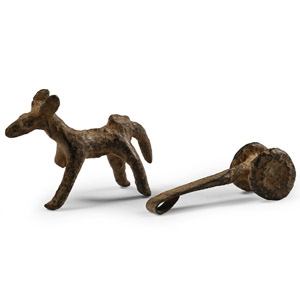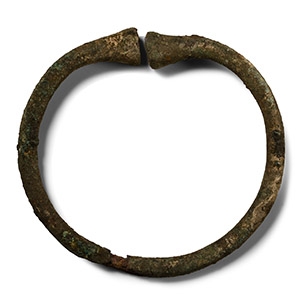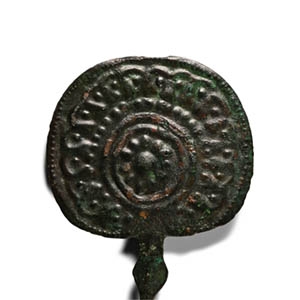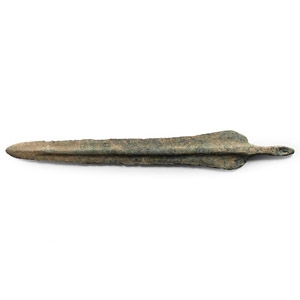Home > Auctions > 26 November - 1 December 2024
Ancient Art, Antiquities, Natural History & Coins
Acquired 1980-2015.
Ex Abelita family collection.
Acquired 1980-2015.
Ex Abelita family collection.
Cf. Chadour, A.B., Rings. The Alice and Louis Koch Collection, volume I, Leeds, 1994, item 31, for type.
Ex Signo collection, the property of a West London businessman, formed in the late 1980s-early 1990s; collection number Y-905, academically researched and catalogued by the late Professor Lambert in the early 1990s.
From specialised collection of cuneiform texts, formed in the 1950s-1990s.
The property of a London gentleman and housed in London, thence by descent to family members.
Examined by Professor Wilfrid George Lambert FBA (1926-2011), historian, archaeologist, and specialist in Assyriology and Near Eastern archaeology, in the late 1980s and 1990s.
The collection is exceptional for the variety of types, including some very rare and well preserved examples.
Cf. The Metropolitan Museum, New York, accession number 11.217.15, for similar.
UK gallery, early 2000s.
Acquired on the UK art market before 2000.
Property of an Essex, UK, gentleman.
Ex property of a late Japanese collector, 1970-2000s.
Ex London collection of a deceased collector, 1990s.
Acquired 1980-2015.
Ex Abelita family collection.
From the private collection of Mr K.A., acquired in the 1990s-early 2000s.
Acquired 1980-2015.
Ex Abelita family collection.
Cf. Christie's, The Axel Guttmann Collection of Ancient Arms and Armour, part 2, London, 2004, item 40, p.36.
The Luri people produced a quantity of fine metalwork, which according to Dr Khorasani, could be due to a settled period which arose as a result of the defeat of the Elamites by the Babylonians, leaving the Luristani people in relative peace for a period of time after 1200 BC. According to Khorasani 'A culture of innovation and experimentation flourished, and the repertoire of the Luristan smiths expanded in the period between 1150–1050 BC.'
Ex London, UK, collection, 1990s.
1057 - 1068 of 3419 LOTS

